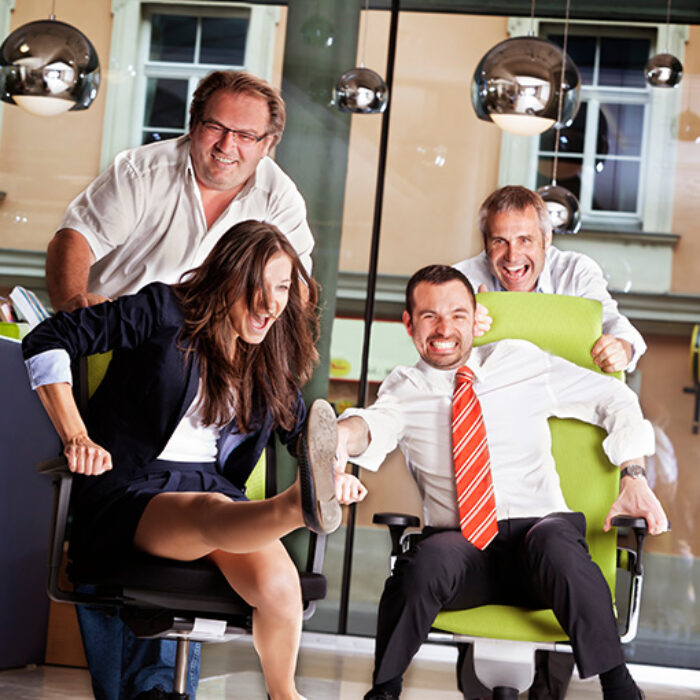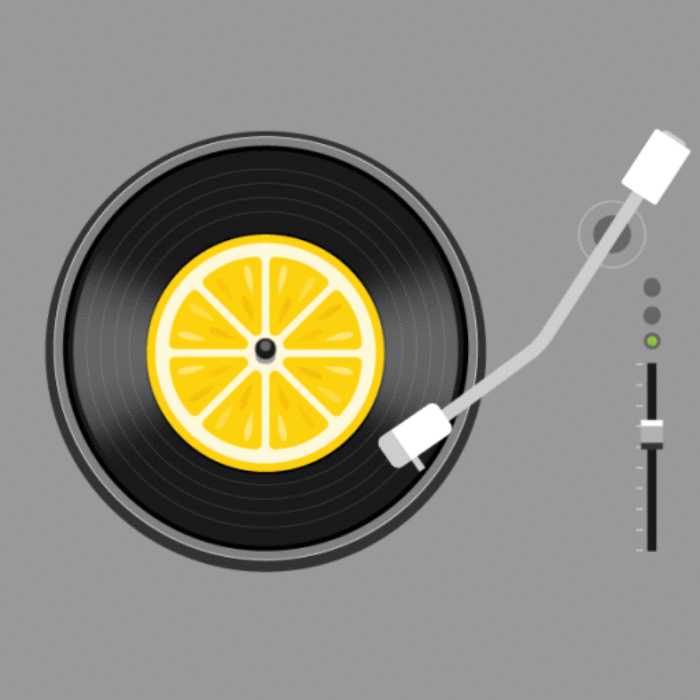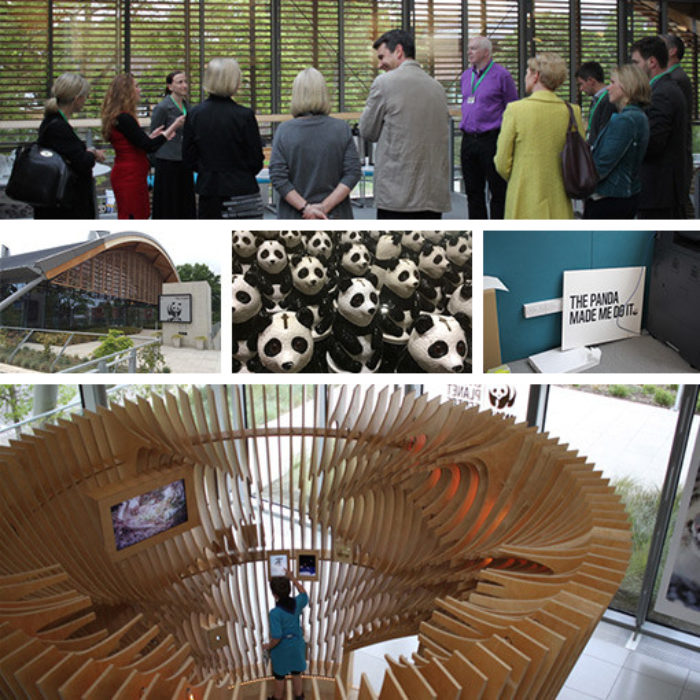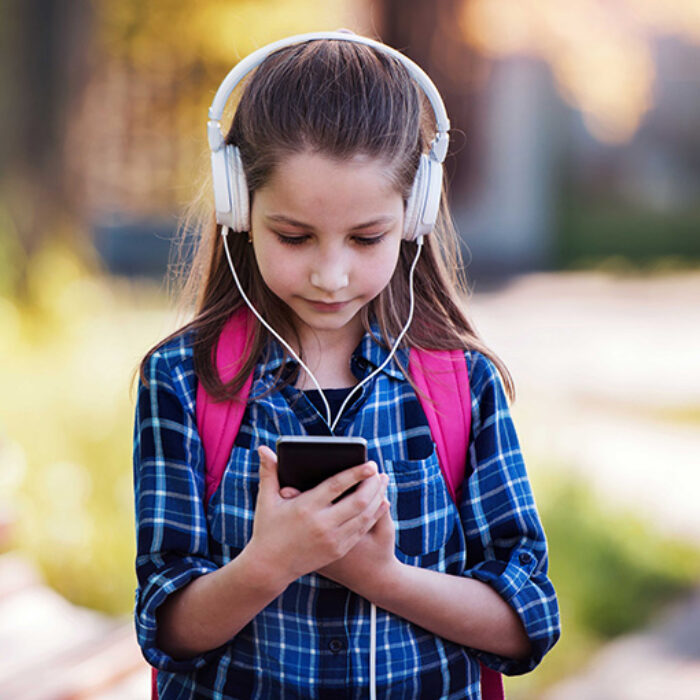Creating human workplaces, starting with our own
In our recent The Human Organisation report we said it was time to reinvent the workplace and reimagine the world of work. But what are we doing ourselves?
To guide us, we’ve drawn on the experience of organisations from roundtable meetings on life after lockdown, we’ve listened to colleagues, and we’ve drawn on the nine characteristics of “The Human Organisation”.
As a result, we’ve now refreshed our purpose around positive social impact. We’ve defined the 10 beliefs which guide our actions including the importance of listening, curiosity, sharing ideas and creativity. And we’ve committed to working flexibly – always putting people first.
As we look at reopening our office, we are putting the physical design in service of how we humans use those spaces. The main ideas are:
- That the default in the new office is social. We come into work because it’s a marketplace of ideas. It’s about conversation, innovation, collaboration and sharing. So, our main upstairs space will include desks but a new feature will be a different type of space in the centre of the room for dialogue and discussion.
- We’ll be applying the logic of home comforts in the design of many of our other spaces – a new ‘lounge’ space for conversation, and a bigger kitchen, because conversation over food and drink is of real value for sharing ideas and making social connections.
- Instead of reducing space, we are expanding into a second adjacent building for a variety of uses. We’ll need space for team meetings and meetings with clients. These will often be mixed with people joining remotely over Teams or Zoom. We will need to consider how people joining remotely feel as valued as people in the room. There will be spaces for reflection. There may even be a room for play. There will also be much greater use of greenery and plants throughout the office.
- We’re experimenting with our own habits over time. For the first couple of months, we plan to trial the following: we intend to earmark Wednesdays for the day we’d like everyone to come into the office. The rest of the week is flexible but we’d like to work on the basis of at least two days a week in the office, preferably three. We’ll see what we learn from this and reflect at the end of the two months to agree a pattern that works best for individuals, teams and the business.
- And we need to focus more on wellbeing. That’s one of the first priorities of our Ways of Working team of colleagues Kathryn, Rae and Al. They are our real catalysts for change.
We have three brands, though we operate and engage with each other as one company. We share ideas liberally. All of us should feel free to join any meeting where colleagues are exploring work with clients, and there’s an open invitation for all colleagues to contribute ideas to live client projects. We will also dedicate a lot of wall space to ideas and to impact, to new ways of thinking and inspiration from clients. We are re-stressing the value in tuning into talks, conferences and other ways of connecting with the wider web of trends and ideas.
This is a grand experiment. There’s a lot we’ll get right. There’s some we won’t. But mistakes are how the light gets in. We are a positive change business. Many organisations will be reducing their use of space. We’re adding to it in a large part because it gives us the opportunity to experiment on ourselves.
Our ambition over the next 12 months is to ensure each of us individually, and all of us collectively, work together to open-up, power-up and explore, innovate and create. As we do so, we’d love any thoughts.
In the meantime, you can download your own copy of The Human Organisation report here.



